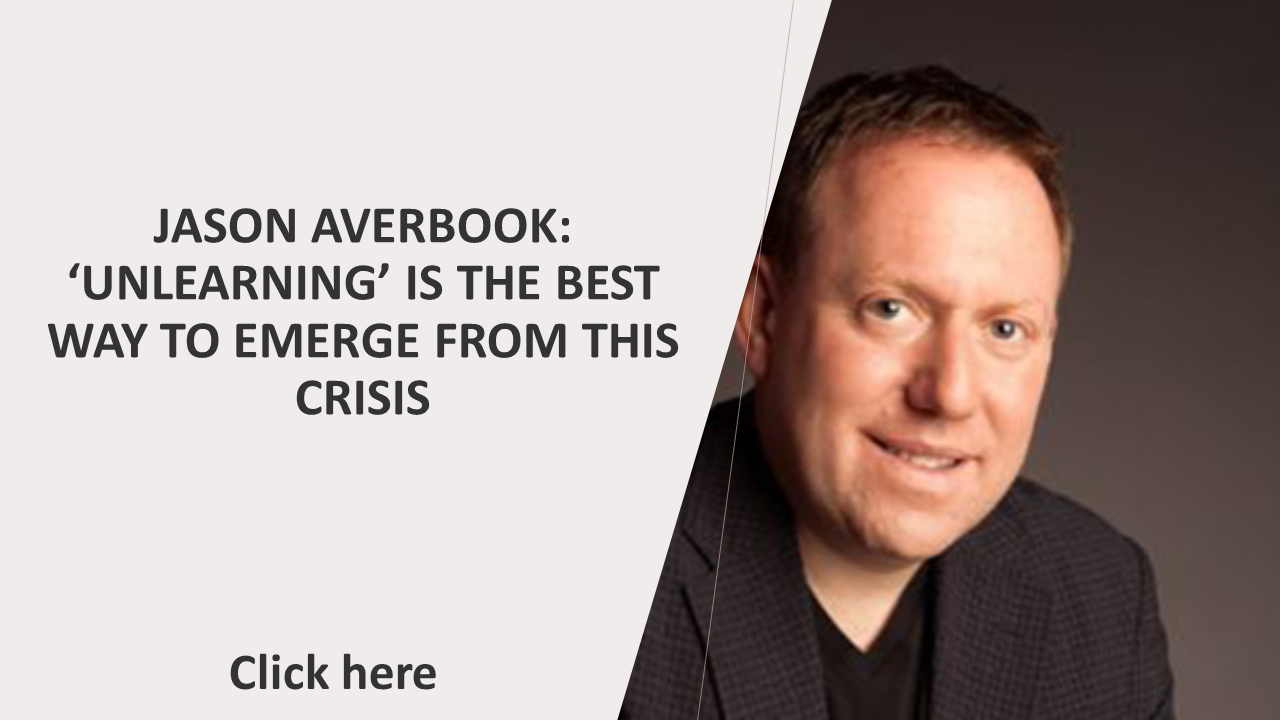HR has taken a seat at the table—and it’s a vital one.
When the pandemic began, HR took the lead in helping reorganize, restructure and reimagine their workplaces. Now that people are slowly returning to the office, HR’s rework of processes continues.
The skills that HR professionals bring, which include organizational design and change management expertise, are needed now more than ever. Why? Because the workplace is still going through a “reinvention” process. Before COVID, only seven percent of U.S. workers had access to a “flexible workplace” with a telework option, according to a National Compensation Survey from the federal Bureau of Labor Statistics. That number jumped to 35 percent working from home full-time in spring 2020. Also, more than half (54%) of professionals currently telecommuting from home prefer to continue doing so post-pandemic.

Author Karen Crone
Clearly, the way we work has changed, the processes for managing workers have changed—and the workplace is still in flux. How can HR professionals initiate processes in an ever-changing environment? What should be top-of-mind as some organizations welcome employees back into the office? And how can HR best mentor and manage employees amid these changes? The following three guidelines can steer you in the right direction.
- Remember that flexibility rules in a market where employees have more choices.
Here we are, with increased vaccination rates, a reopening economy and businesses welcoming employees back into the office. But it’s hard to put the genie back into the bottle: It will be difficult for business leaders to look workers in the eye and tell them they must come back to the office to do a job they’ve proven they can do at home.
COVID served as a forcing function and compressed a decade’s worth of change into 12 months. People have long struggled with exhausting commutes, and COVID, coupled with modern technology, sped up digital transformation and workplace changes. Professional workers will demand more remote work flexibility. An employee, for example, wants the choice to come into the office for a team brainstorm or remain at home for a writing project. A hybrid work model that offers workers unassigned seating and the option to reserve a desk on their day(s) in the office is one possibility. In fact, 65% of workers surveyed by FlexJobs reported wanting to be full-time remote employees post-pandemic while 31% want a hybrid remote work environment.
We are seeing increased pressure on wages, as workers know they aren’t limited to their city when it comes to their job search efforts and employers have fewer boundaries to finding great talent. This means employers will have to re-recruit their top performers and satisfy their compensation requirements. HR will be vital to explain why your company is the best place to work, as today’s labor force has plenty of choices.
Meanwhile, we see restaurants and retail stores struggle to fill hourly positions. The demand for this work is outstripping the supply of available (and willing) workers. Earlier this year, the Bureau of Labor Statistics reported 8.1 million open jobs in the U.S. at the end of March—the highest number since the bureau began tracking the data in December 2000. The pandemic prompted many workers to take a closer look at the type of work they want to do—and many decided they didn’t want to return to the work they were doing. People are asking themselves if they want to work nights and weekends. As a result, small businesses and restaurants are closing or reducing hours due to a lack of labor.
- Help managers standardize hybrid workplace policies—and re-examine career pathing metrics.
As many offices reopen to on-site work, company managers need to be on the same page when it comes to how to treat employees. One manager can’t require people to come in daily while another allows employees with the same set of job tasks to work remotely. This also applies to managing workers who are not performing well. What are WFH rules and boundaries? Do top performers get to work from home 100 percent of the time while struggling employees work from the office? HR can initiate this discussion and help company leaders and managers unite on one set of policies.
Also see Hybrid, remote, on-site? Employees have weighed in
Similarly, company leaders will have to take a closer look at career pathing within a distributed environment. We have seen a shift away from formal, structured employee training toward employees learning in bits and bites. Today, employees are taking on their first managerial positions from home. Some questions to consider: Is your organization title-driven? Is mastery of a skill more important than years of experience? And how do you define “mastery of a skill”? Is it successfully completing a project once or is it completing multiple projects that demonstrate deeper strategy? Some of these definitions and metrics may need to be re-examined in a partially or fully remote environment; in the virtual workplace, it isn’t as easy to check in on and brainstorm with employees. Managers should still set aspirational KPIs to push people but may need to adjust the surrounding processes to help employees reach their goals.
- Push your company to Zoom less, strategize more.
Our virtual workplace has brought with it an overreliance on Zoom meetings and “CYA” emails. HR should help leaders recalibrate and convert some Zoom meetings to group chats, a Teams page or a threaded discussion. The worst task to spend your precious time on is sifting through email. HR leaders can help train their company to use email for the essentials; those chain emails with 50 people replying to say, “OK” are not OK. Similarly, employees should not feel the need to respond to every Slack “ding” like they are responding to a fire drill.
 The goal is to help employees stay in their most productive “flow of work,” and, in turn, increase efficiency. In the virtual workplace, you should see people using time in bigger chunks and getting more done (minus the water cooler talk). Likewise, HR managers should spend less time on administrative tasks and more time on thinking tasks. While it feels good to check an item off the to-do list, it’s more daunting to think about how to re-recruit the engineering team and whether that may involve a new piece of technology. The thinking tasks, however, are what move the needle at your business.
The goal is to help employees stay in their most productive “flow of work,” and, in turn, increase efficiency. In the virtual workplace, you should see people using time in bigger chunks and getting more done (minus the water cooler talk). Likewise, HR managers should spend less time on administrative tasks and more time on thinking tasks. While it feels good to check an item off the to-do list, it’s more daunting to think about how to re-recruit the engineering team and whether that may involve a new piece of technology. The thinking tasks, however, are what move the needle at your business.
As we redefine the virtual/remote/hybrid workplace, HR should not wait to be called upon. The tips outlined above can help you start asking the right questions to adjust or create new workplace policies.